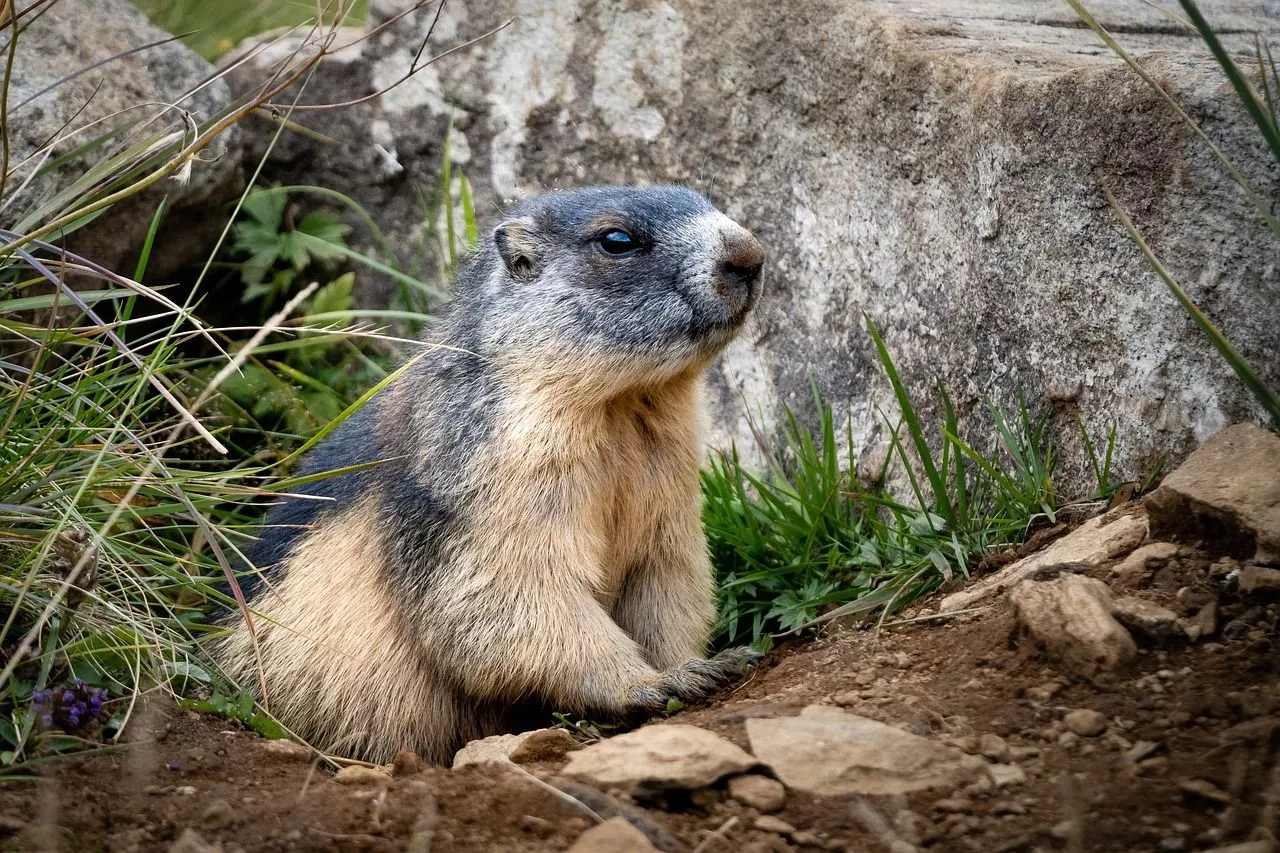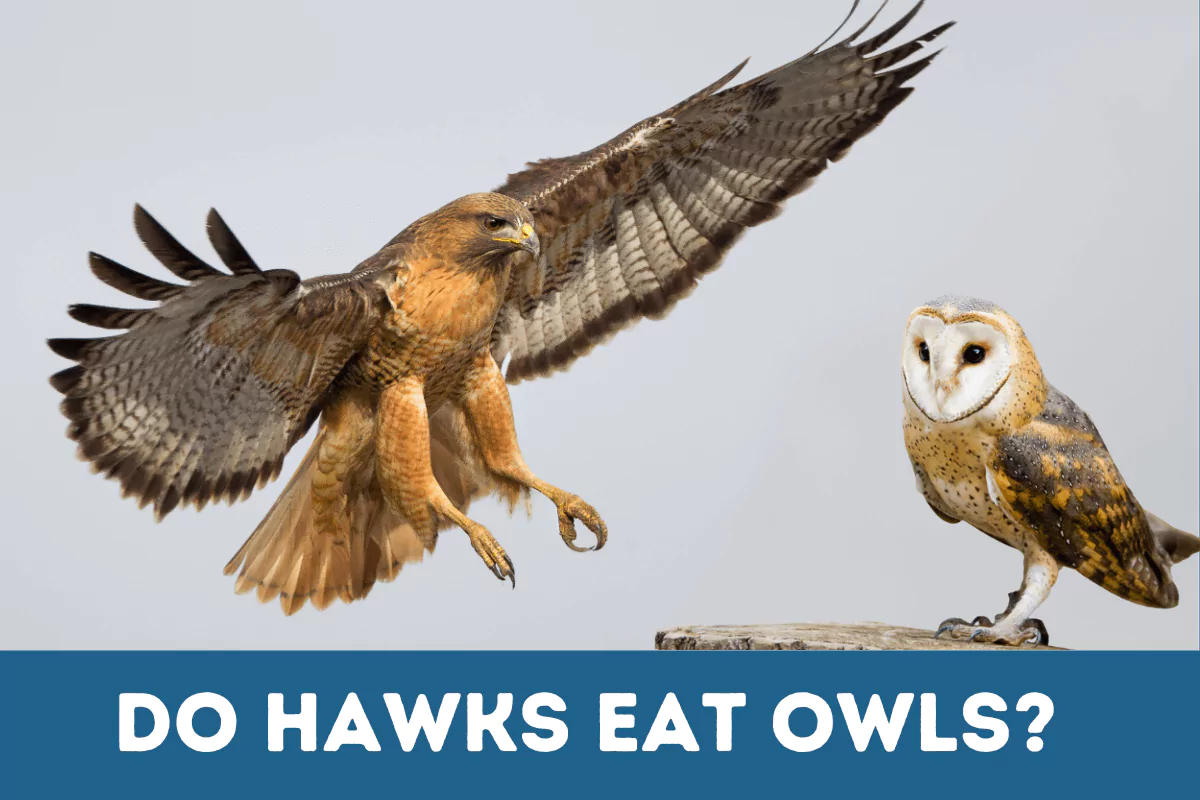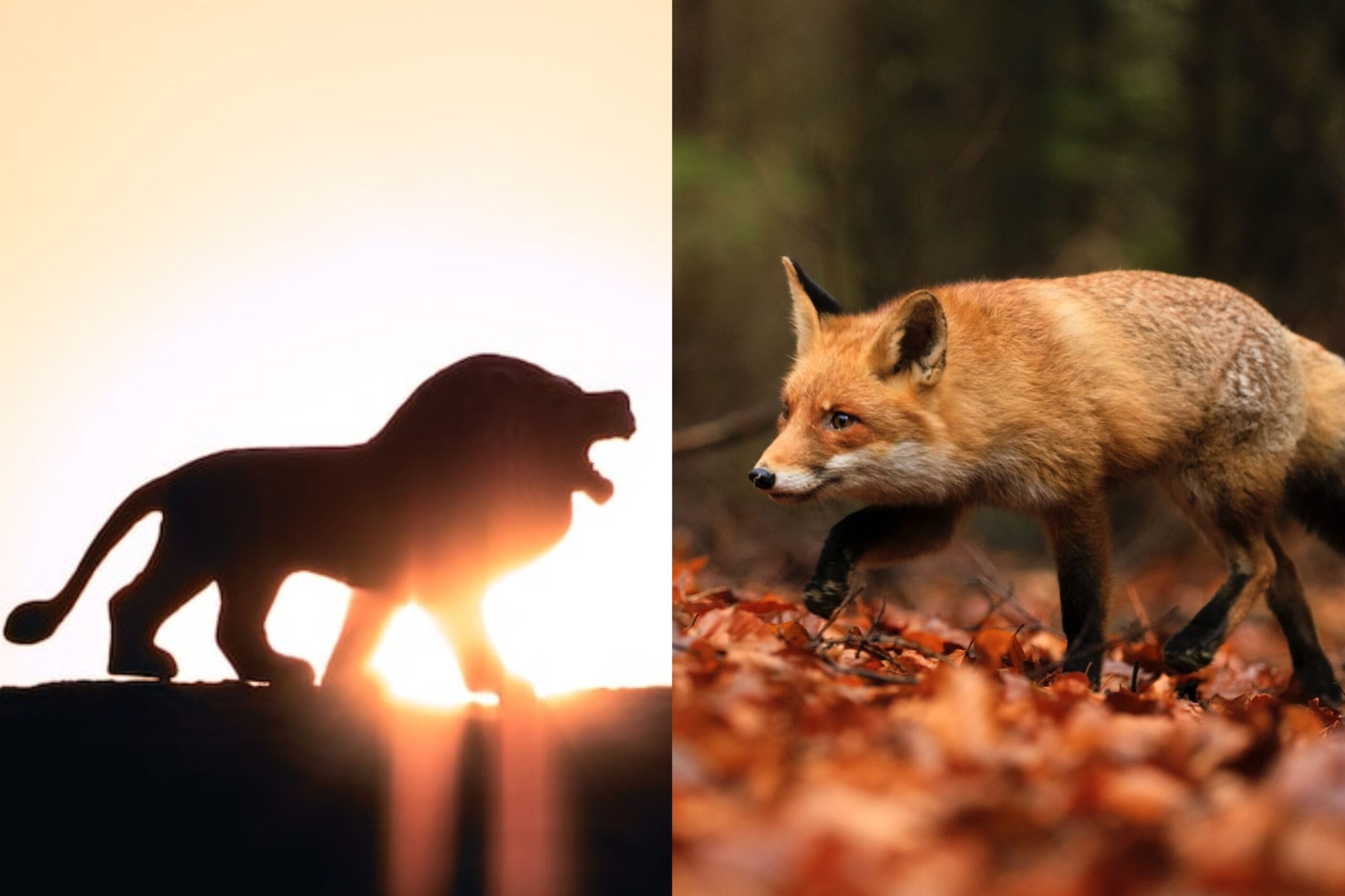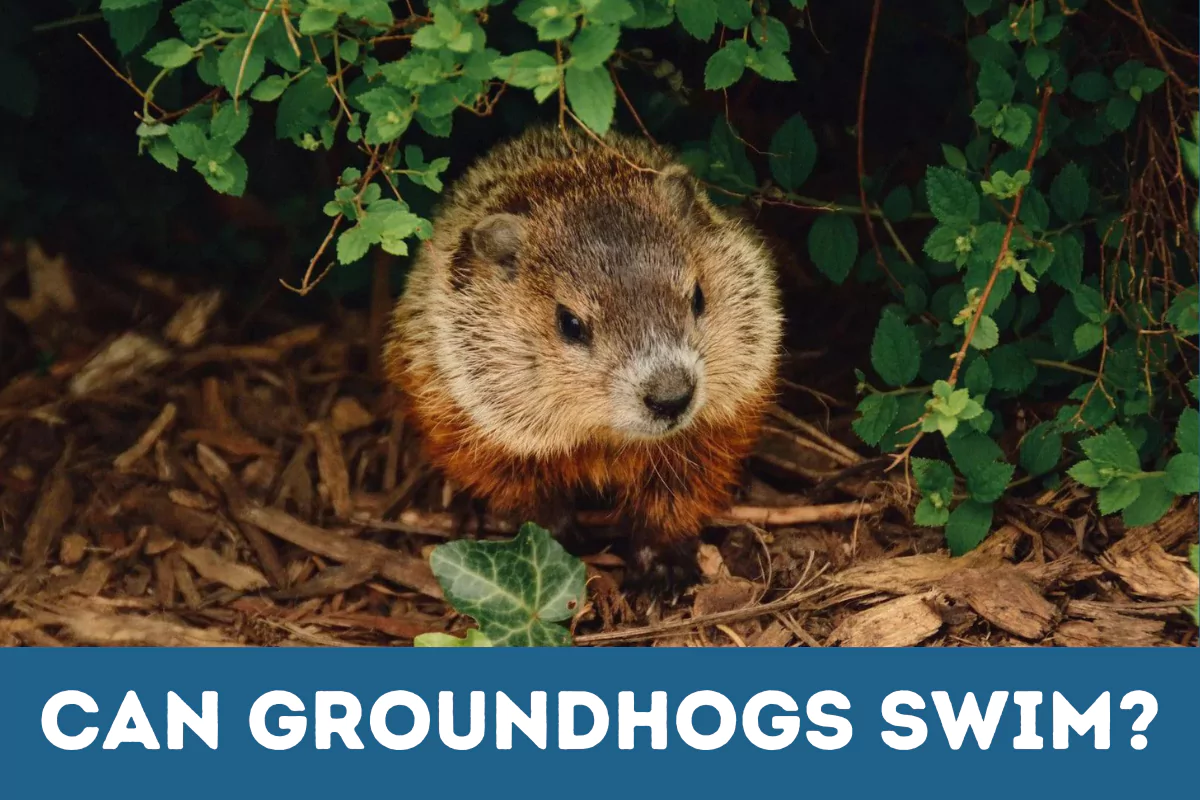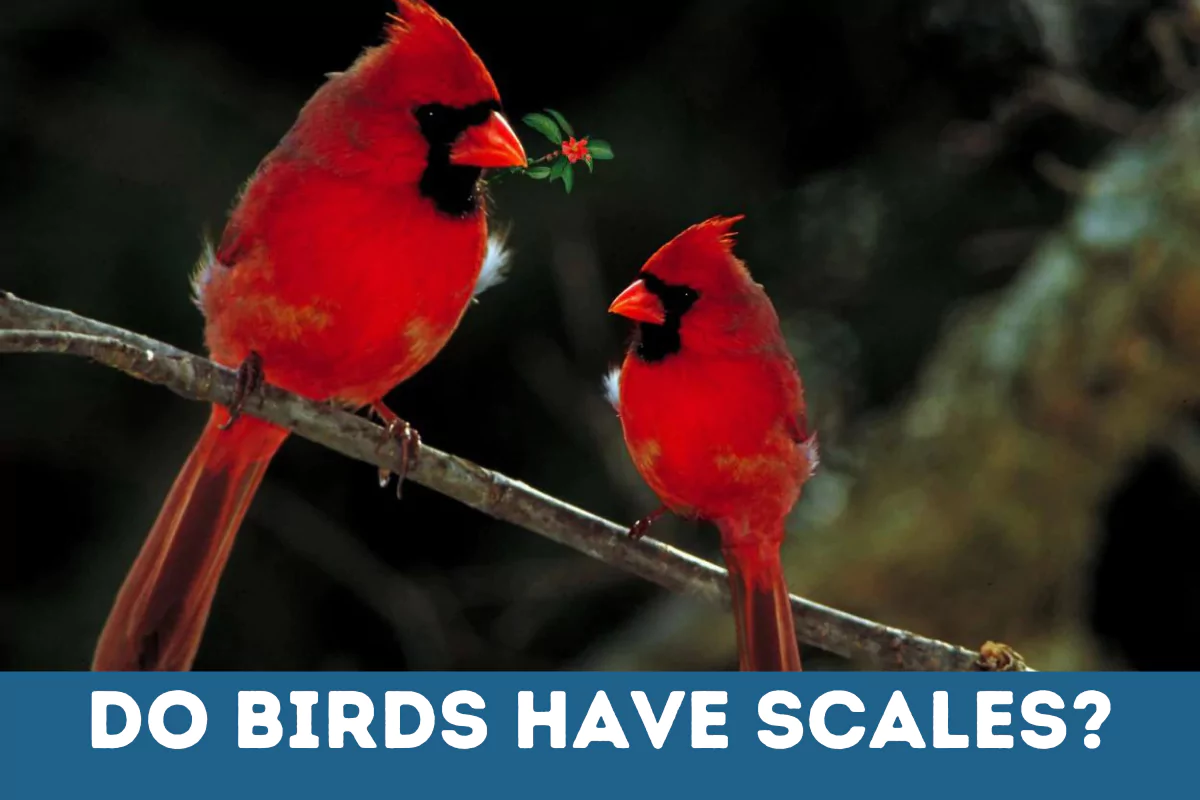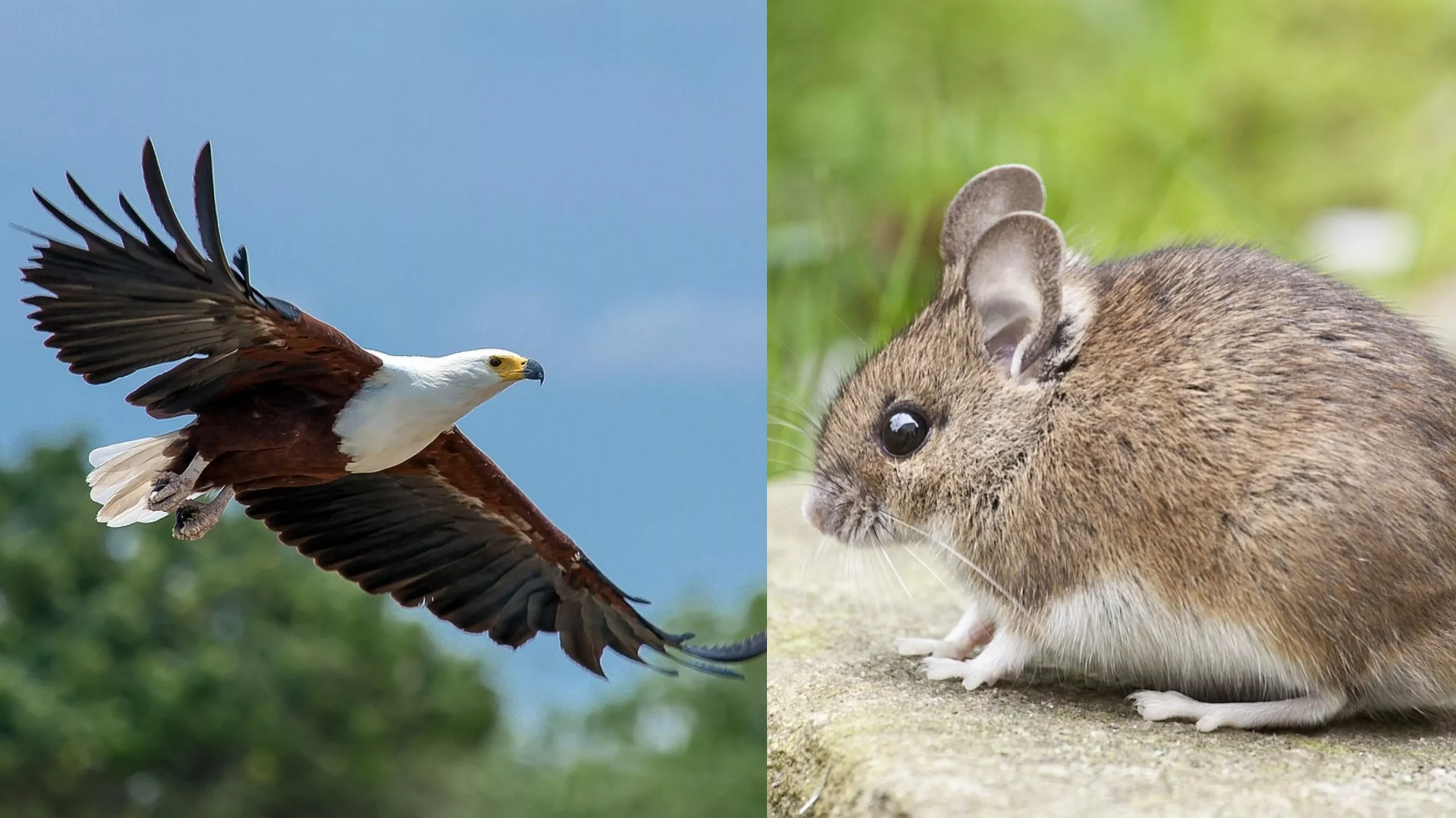The Groundhog-Woodchuck, Whistle pig, or whatever you call this chunky, muscular little marmots have an interesting life and are known for their feast-or-famine lifestyle. You might have seen them feeding in fields, along roads, and burrowing underground. But do you know that they have the ability to climb trees?
Can Groundhogs Climb Trees?
Although this is least expected for an animal with the term “ground” in its name, groundhogs are not only capable of climbing trees but are quite good at it. Generally, they would be seen on the ground living in underground burrows, and their frequent areas are where woodlands meet open spaces – fields, streams, roads, etc.
Despite their heavy bodies, groundhogs are good tree climbers. However, they only climb trees when necessary, the main reason being to escape large predators. Their strong, sharp claws help in this purpose by penetrating into tree barks efficiently.
Also their weight is also evenly distributed, making it easy for them to pull their weight as they go up. As woodchucks are intelligent species, they tend to prefer trees with softer barks while climbing trees so they can escape quicker.
About Groundhogs:
Groundhogs’ scientific name is Marmota Monax, one of the 14 Marmota species commonly found in North America, and they have many alternate names and nicknames like woodchucks, whistle pigs, etc. They have dark grey hairs, long front legs, and short tails. Woodchucks can grow up to 15 pounds and are related to other critters that climb trees, like squirrels and chipmunks, but these are a little bigger in size comparatively.
Groundhogs are true hibernating animals, preparing themselves in summer to hibernate in winter. The animal loses its appetite approximately two weeks before hibernation, and activity decrease. They can hibernate for up to five months, and they enter a dormant state during this time, losing almost a quarter of their body weight, lowering their body temperature by 60° F (15.5° C), and slowing their heart rate to only 5-10 beats per minute. They emerge from their months-long hibernation just in time for mating season.
Some Interesting Facts About Groundhogs:
- The reason behind their nickname ‘whistle pig’ is groundhogs whistle at a high pitch when panicked to warn the rest of the colony. They also whistle at potential mates.
- Groundhogs are also adept swimmers and can swim to safety if pursued and the necessity arises, plunging into the water to avoid harm. They do not cut down trees like their cousin, the American beaver.
- Groundhogs’ average lifetime is 2- 3 years, but they can live up to six years.
- They are preyed upon by several animals, such as dogs, foxes, wolves, coyotes, bobcats, lynxes, and black bears. Birds of prey and some types of snakes also hunt groundhogs.
- Groundhogs breed once a year, and their breeding season begins soon after awakening; mating occurs in burrows even before the marmots come to the surface.
- If a woodchuck spends some time with a person and has good contact with them, it may behave almost like a domestic cat.

Also Read: Do Lions Eat Snakes? Snakes Vs Lions
Why Do Groundhogs Climb Trees?
Food:
Groundhogs have prodigious appetites, and they’re fond of vegetables, fruits, and foliage of other plants. Crops like alfalfa are also their favorites, but they’ll eat pretty much anything edible. So they may climb trees to reach some tempting fruits, tree foliage, and nuts. They also prey on small insects like grasshoppers and June bugs and sometimes climb trees very fast to chase them.
Surveillance:
Groundhogs climb trees to keep a lookout as it allows them to watch the ground better to notice predators when still far away. By this, they can plan their next move and escape in advance. Also, as most of their predators, like coyotes are large animals that cannot climb trees, we can say that sitting on trees can give them peace and unmatched safety.
Protection:
As Groundhogs are a favorite meal for many predators, they will be pretty nervous when they venture out in the open, and they prefer to stay under cover as much as possible. When threatened, groundhogs normally hop into their burrows to escape large predators hiding deep in the soil where other predators cannot fit inside.
But they may climb onto the trees when they are away from home to protect themselves. This is the best mechanism to beat out predators who cannot climb the trees.
To keep themselves safe:
Some animals try to occupy their burrows, and while doing that, they may try to attack groundhogs too. For this reason, some groundhogs will hibernate in trees during winter to avoid predators like coyotes or foxes that may dig into their tunnels.
Do Groundhogs Chew Wood?
Groundhogs digging burrows under your home is a very serious issue as the disturbed earth can cause real trouble for your foundations, and if the house is on timber piles, there are chances that they will get gnawed. As groundhogs are rodents, their teeth will grow constantly, and they always chew on stuff to wear them down.
When you catch a groundhog, be careful because, despite its cuddly appearance, it can be aggressive and have sharp teeth. There’s also a risk of rabies.

Also Read: Can Lions Swim? Are Lions Scared Of Water?
How To Get Rid of Groundhogs?
Homeowners are not pleased when they find a groundhog living in their backyard as they eat the plants and flowers. Moreover, sometimes they burrow undermine walkways, driveways, and even building foundations.
They need to eat about a pound of vegetation daily, and almost everything is on their menu. Also, a groundhog’s burrow invites foxes, rabbits, mice, snakes, and other animals that can be dangerous for you or your crops!
Groundhog burrows aren’t difficult to spot. They always have more than a single-entry point to escape from predators in any direction. So, if you have several holes around your yard and your dog is barking like crazy for seemingly no reason – it’s possible that you have a groundhog infestation.
Groundhog holes are entrances to underground tunnels, and these burrows provide security from predators, breeding opportunities, and a place to hibernate. Each burrow system can be large and constitutes the main nesting space, a waste-disposal area, and auxiliary chambers.
Groundhogs mostly keep two tunnels in their burrows, one for the summer (grassy field region) and the other for the winter (wooded area). Hibernation dens are usually grass-lined and located at the end of the burrow. In short, we can say that groundhogs put a lot of thought and effort into their living spaces.
Keep grass short in your lawn to deny them shelter so they feel your yard is too dangerous and stay away. The good news is they’re not much social, so you will not find dozens of them destroying your garden. So, it’s easier to control them if you take the necessary precautions.
You can install some visual deterrents – anything bright and moving will do because they’re naturally timid animals. Try sticking some pinwheels in the ground; that will frighten groundhogs and other critters. If you want to get more technical, installing motion-activated lights or noisemakers – even sprinklers – can be effective.
You can fence to keep them away, but you must follow a few things while doing that. As groundhogs can jump over short fences and walls, it is important to do it correctly.
Buy chicken wire not less than six feet high and five-foot poles. Bind the fence to the posts, except for the upper leg, and bend it away from your garden so that they do not climb over it. Also, try to dig them a few inches deep as woodchucks can make burrows under them.

